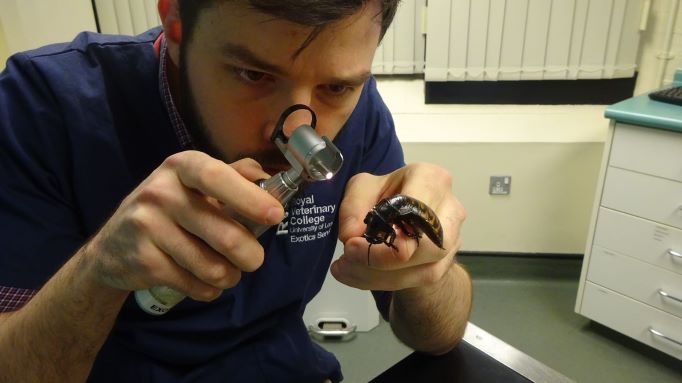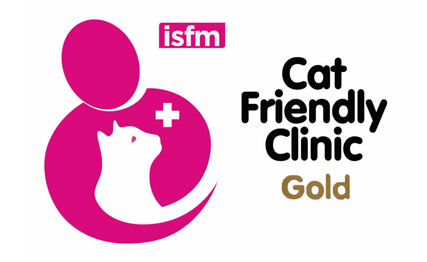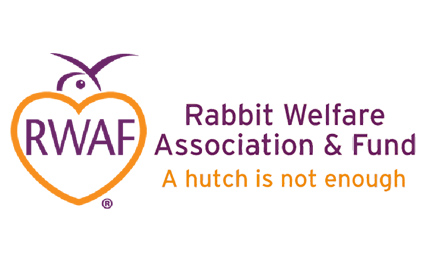24 hour contact: 020 7387 8134
Invertebrate Vet Services
At the RVC Beaumont Sainsbury Animal Hospital, your pet invertebrate will benefit from our team’s care, experience, and expertise.

Invertebrates can make fascinating pets, and there are a huge variety of species kept by hobbyists. The UK pet population of insects is estimated to exceed 100,000 individuals (2022 data). Our team have had specialist vet training to deal with the most unusual pets, so from the day you get your invertebrate and throughout its lifetime - we can support and advise you every step of the way.
Specialist invertebrate pet facilities
We have a specialist hospital ward area dedicated to birds, reptiles, amphibians, and invertebrates (and other non-predator species) with staff with in-depth species knowledge and medical expertise. This ensures invertebrates are kept in a safe and suitable environment to aid their recovery.
Commonly kept species
Whichever species you choose, it is important to remember that invertebrates require specialist housing, and many have unique dietary and environmental requirements which need to be met to ensure optimal health and welfare. Some of the most commonly kept species are listed below.
Hermit crabs
Hermit crabs are crustaceans which have evolved to occupy empty mollusc shells which they scavenge from their environment. Most hermit crabs in the wild are aquatic ocean dwellers but land hermit crabs are terrestrial, and these are the species most often kept as pets. Despite their name they are social animals and can live in groups of 100 or more in the wild. They need a large tank (or crabitat) and enjoy climbing and burrowing. A variety of shells of varying sizes should be available as they grow and moult and need and increasing size of shell.
Madagascar Hissing cockroaches
These large insects are relatively tame and easy to care for. They can grow to 2-3 inches in length and live for up to 5 years. They need a warm moist environment and can be fed fruits and vegetables.
Stick insects
Stick insects are relatively tame but require delicate handling. They are naturally nocturnal so are active at night, remaining still unless disturbed during the day. They eat plants such as oak, hawthorn, privet and bramble. Always ensure these have not been sprayed with pesticides prior to feeding to your stick insects.
Tarantulas
Tarantulas are not social animals and should generally be housed alone. Their lifespan can range from 5-20 years, with females living longer than males. The most commonly kept species are the Chilean Rose and the Mexican Red-knee. It should be noted that their bites are venomous and one of their defence mechanisms when threatened is to shoot hairs from their abdomen which can cause itching and irritation to the skin.
Giant African Land Snails (GALS)
Another popular invertebrate pet and often kept in groups, although they can be kept alone. They can live up to 9 years and grow as large as 20cm long. The shell is continuously growing so an adequate source of calcium in the diet is essential. This can be provided with a cuttlefish bone or powdered supplement.
Invertebrate Information and Care Sheets
Useful resources
Veterinary Invertebrate Society



